Guizhou Matang Gejia Village
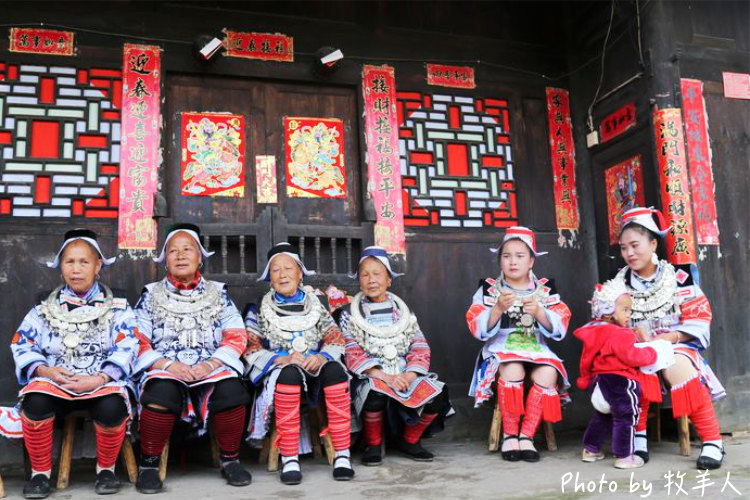
Guizhou, a magical land in China, is home to diverse ethnic cultures, including the Gejia people. The Gejia Ren are an unrecognized ethnic group outside the officially acknowledged 56 ethnic groups in China. They possess unique qualities, costumes, language, characteristics, and customs. Legend has it that they are descendants of Houyi, the mythical hero who shot down nine suns, adding an air of mystery to their culture.
- Chinese name: 麻塘革家村 má táng gé jiā cūn
- Duration: 2-3 hours
- Entrance fee: Free
- Best Activities to do: Experience Gejia culture, photography
- Best time to visit: All year round
- Address: Matang Gejia Village, Longcheng Town, Kaili City, Qiandongnan Miao and Dong Autonomous Prefecture
- How to get there: Take a bus from Kaili bus station to Matang village. Or you can take a taxi to the village from Kaili
Matang Gejia Village Overview
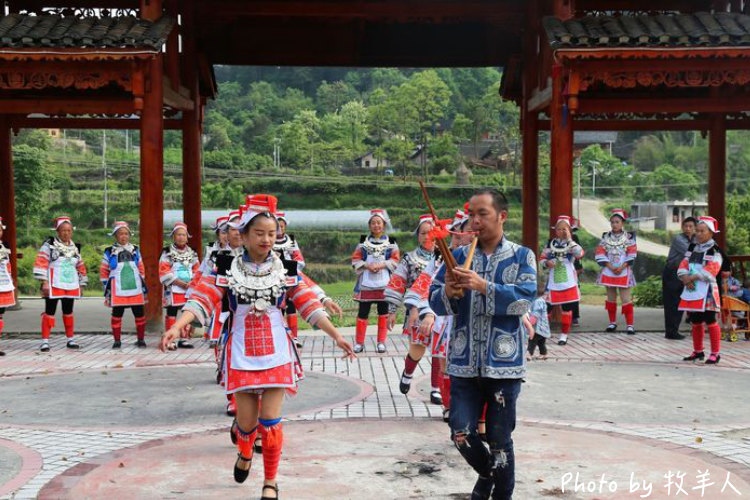
Matang Gejia Village is located in Longchang Town, north of Kaili City, about 21 kilometers from the city center. Nestled against the mountains and facing paddy fields, the village is home to the industrious and simple Gejia people who are skilled in singing and dancing. While primarily farmers, they also engage in batik, embroidery, silver crafting, and weaving during their spare time. Unlike the Miao people, the Gejia people are known for their hospitality centered on food rather than alcohol. Guests are encouraged to eat their fill before drinking. The Gejia people venerate their ancestors and offer food to them at every meal. Each family shares a "Ancestor Drum," which is used during the grand ancestral worship ceremony held once every few decades, known as the "Harong Festival." It is a major celebration, and visitors who are lucky enough to visit during this time are in for a treat.
Customs and Legends
1. Descendants of Houyi

The Gejia people believe they are direct descendants of Houyi, the legendary archer. This pride is reflected in their clothing and accessories, which often feature "Houyi shooting the suns" motifs. They also keep red bows and white arrows in their shrines as a sign of respect for their ancestor.
2. The Red Tassel Hat Reward

A legend tells of a great Gejia general who received a red tassel hat from the emperor as a reward for his military prowess. The general passed the hat down to his daughter, and to honor his legacy and inspire future generations to be brave and wise like the general, the hat has been passed down through the generations. The red tassel hat worn by Gejia women features silver hairpins representing arrows, silver circles symbolizing bows, and patterns on their skirts, belts, and waistbands that depict the general's history of leading 9,999 soldiers into battle.
Clothing Characteristics
Clothing is a vital part of Gejia culture. For this ethnic group without a written language, their cultural heritage is worn on their bodies.
Women's Clothing
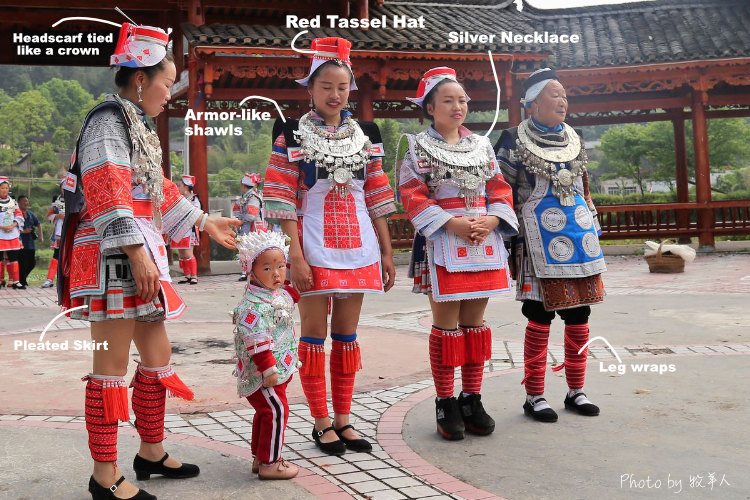
Gejia Ren clothing, especially women's attire, is intricate and ornate. Unmarried women wear red tassel hats, while married women don a headscarf tied like a crown. Their outfits include batik and embroidered clothes, armor-like shawls, pleated skirts, silk belts, silver necklaces, and embroidered leg wraps. These garments showcase the exceptional batik and embroidery skills of Gejia women.
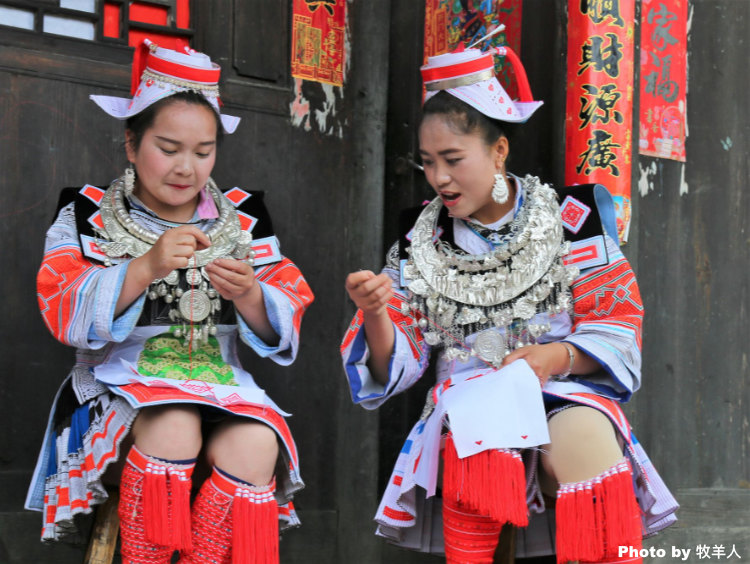
Men's Clothing
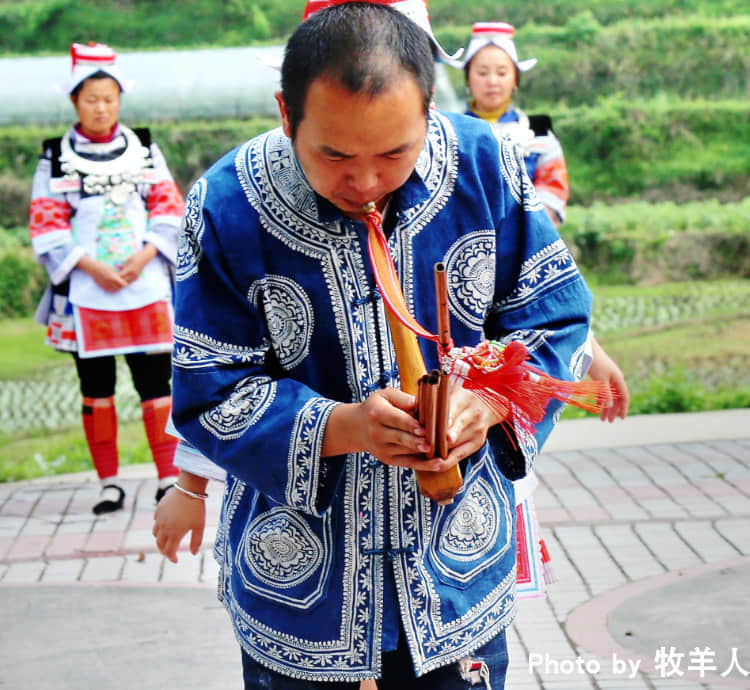
Although relatively simple compared to the women's attire, men's clothing is adorned with batik and embroidery, reflecting the unique ethnic style.
Ge Cuisine
Ge cuisine is known for its spicy and aromatic flavors, similar to other ethnic groups in the Kaili area. They excel at using local ingredients to create dishes like sour soup noodles, tofu flower noodles, and beef noodles. The Ge also have a tradition of pickling foods, producing unique flavors and preserving techniques.
Gejia Batik
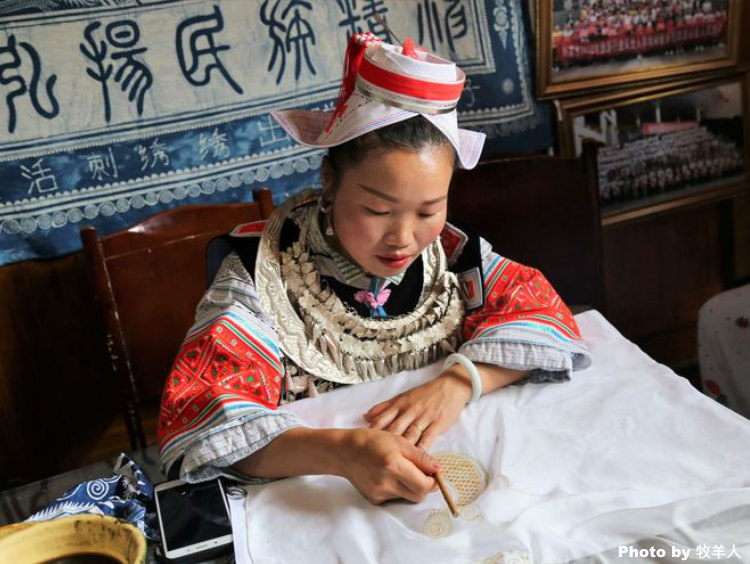
Matang Gejia Village is known as the "hometown of batik," with a long history of the craft. Local women start learning batik at the ages of 8 or 9 and often become experts by their teenage years. Batik patterns are found everywhere, from their clothing to their homes. Even the ceremonial attire worn by young women when they marry is typically handmade. The batik features distinctive patterns, often depicting tigers, birds, and fish, reflecting the Gexia people's love for nature and their desire for a better life.
Future Development of Matang Gexia Village
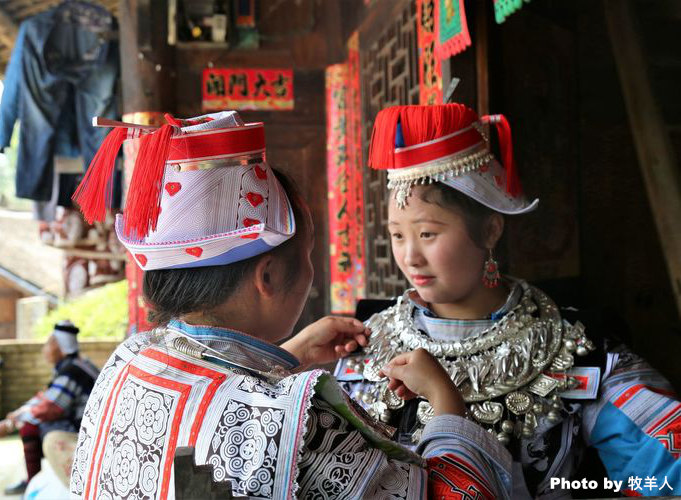
As tourism grows, Matang Ge Village is becoming an important window into Ge culture. Local authorities and residents are developing tourism resources while preserving traditional culture and the environment. Visitors can experience batik workshops, traditional dances, ancient songs, and unique festivals, making it an attractive destination for cultural enthusiasts.
Drop us a line and we'll connect you with the top China expert in no time!